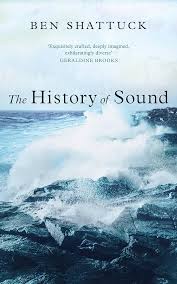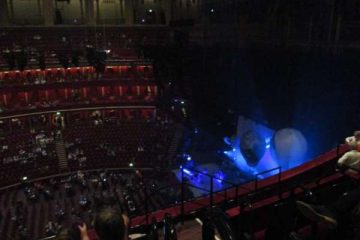The Intriguing History of Sound: From Origins to Modernity

Introduction
The history of sound is a captivating journey that reflects humanity’s interaction with the environment and the development of technology. Sound has been a vital aspect of communication, art, and scientific progress throughout history. Understanding its evolution not only sheds light on our cultural heritage but also highlights its role in shaping modern society.
Early Origins of Sound
Sound, in its most traditional form, began with natural phenomena, such as thunder, wind, and animal calls, which have been part of human existence since prehistoric times. Ancient societies used sound in rituals, like drumming in indigenous cultures, to communicate with the divine or during celebrations. These early uses of sound laid the groundwork for its integral role in human culture.
Development of Musical Instruments
As societies advanced, so did the complexity of sound production, leading to the creation of musical instruments. The earliest known instruments, such as flutes made from bird bones, date back to around 40,000 years ago. The evolution of instruments across different civilizations—from strings in ancient Egypt to the percussion of West African drumming—showcases humanity’s diverse relationship with sound. Music became a universal language, transcending cultural barriers and connecting people.
Scientific Exploration of Sound
In the 19th century, sound took on a new dimension with advancements in science and technology. Pioneers like Hermann von Helmholtz explored acoustics systematically, laying the groundwork for the field of sound science. The invention of devices like the phonograph by Thomas Edison in 1877 revolutionised the way sound could be recorded and played back, marking the beginning of the sound recording industry.
The Digital Age and Sound
In the late 20th century, the advent of digital technology transformed sound yet again. The introduction of CDs in the 1980s and later MP3s revolutionised how music was distributed and consumed. The rise of the internet further changed the landscape, leading to platforms like Spotify and Apple Music that allow unprecedented access to sound. Today, sound is not only a form of artistic expression but also plays a critical role in communication through podcasts, audiobooks, and streaming services.
Conclusion
The history of sound illustrates an enduring journey from natural echoes to complex digital formats, intertwining with human development and cultural evolution. As we move forward, sound continues to evolve, adapting to our needs and technologies. Its significance transcends mere entertainment, shaping how we connect, understand, and express ourselves in a constantly changing world.







